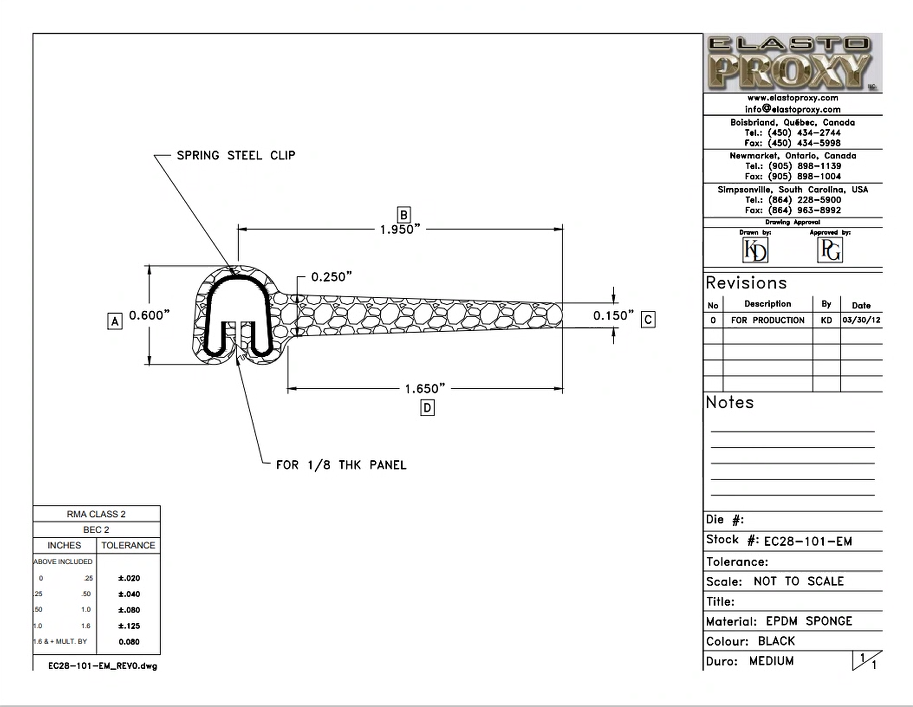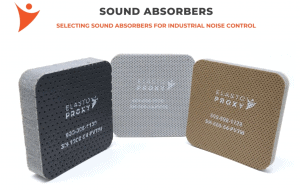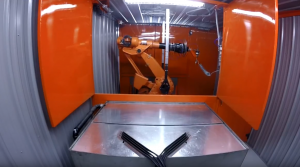Do you need rubber gaskets for plastic enclosures? If you’re an engineer or a product designer, start by asking yourself these five questions.
- What is the plastic enclosure type?
- What are the environmental conditions?
- What are the compression requirements?
- What is the best gasket material to select?
- What is the best gasket manufacturing process to use?
Elasto Proxy makes rubber gaskets for plastic enclosures and also offers design assistance. Contact us to discuss your application or keep reading to find answers to the five questions listed above.
#1 What is the plastic enclosure type?
There are many different types of plastic enclosures. Some common examples include:
- NEMA
- IP
- UL 50
- PCB
- DIN rail
- Instrument
NEMA enclosures and IP enclosures meet published standards for the protection of electrical or electronic equipment. The North American Electrical Manufacturers Association (NEMA) defines at least 20 different NEMA ratings, and there many more Ingress Protection (IP) ratings listed. If you’re designing a rubber gasket for these types of plastic enclosures, you’ll need to account for a specific NEMA rating or IP rating. In other words, it’s not enough to ask for a “NEMA enclosure gasket” or an “IP rated gasket”.
UL 50 from Underwriters Laboratories (UL) applies to electrical equipment enclosures in non-hazardous locations. UL 50 is one of many UL enclosure standards, so make sure it’s the one you need to meet. Plastic enclosures are also used to house printed circuit boards (PCBs), DIN rail mounted components, and instruments. Depending on your application, you may need to consider other published requirements; however, keep in mind that some tests apply to the entire enclosure and others apply just to the gasket.

#2 What are the environmental conditions?
Rubber gaskets for plastic enclosures must also withstand specific environmental conditions. For example, if you’re designing a rubber seal for a NEMA 4X fire-rated enclosure, you’ll need a gasket that can meet the rating’s fire testing requirements. If you’re designing a gasket for an IP 65 weatherproof enclosure, you’ll need a gasket that withstands condensation and water spray. Depending on the environment, protection against humidity or chemicals may be what you need instead.
For example, an outdoor scientific instrument might need a rubber gasket for a plastic enclosure that will be subjected to cold temperatures and winter weather conditions. Yet, this gasket might also need to be made of a rubber material that meets UL 94 HB flammability requirements. For medical instruments that are used indoors, gaskets might need to meet UL 94 HB requirements and withstand incidental contact with cleaning agents or chemicals.
#3 What are the compression requirements?
Rubber gaskets for plastic enclosures fill the gaps between doors and door frames. Gasket compression promotes sealing, but over-compression can contribute to seal failure. That’s because rubber gaskets are resilient, but only to a point. If an enclosure gasket is over-compressed, the rubber won’t rebound when the compressive stress, such as from a closed door, is removed. This creates gaps and permits leaks between the rubber gasket and the surface of the plastic enclosure.
Sometimes, over-compression happens because an assembler over-torques the bolts or screws that hold the gasket in place. Over-compression can also be caused by using the wrong rubber material, or by using a rubber with the wrong durometer for the application. As a rule, 40% is the ideal compression percentage. The maximum is 50% and the minimum is between 10% and 15%. Keep in mind with enclosure sealing that the rubber will “push back” against adjacent parts such as fasteners.

#4 What is the best gasket material to select for a plastic enclosure?
Choosing the right gasket material for a plastic enclosure generally starts with compound selection. For example, EPDM rubber is a cost-effective choice for enclosure gaskets that need to withstand water, weather, and sunlight. Silicone rubber withstands these same conditions along with higher temperatures. However, silicone is more expensive than EPDM and is subject to supply chain constraints that have affected its availability.
As part of compound selection, it’s also important to consider whether you need a solid rubber or sponge rubber material. In general (but not always), solid rubber provides greater impact resistance while sponge rubber provides greater cushioning. With sponge rubber, you can also choose a material that has either open cells or closed cells. Finally, you might need gasket material that meets a certain standard. For example, Elasto Proxy offers a UL 94 HB EPDM sponge rubber that contains a metal reinforcement.
#5 What is the best gasket manufacturing process to use?
Finally, engineers and gasket designers need to consider the best gasket manufacturing process to use. You could cut coils of rubber in house, but that requires manual labor and can result in mis-cuts and material waste. Alternatively, you could buy cut lengths; however, using butt joints instead of bonded corners can contribute to leaky seals. With finished gaskets, you can choose a bonding process and get gaskets that arrive ready to install.
Elasto Proxy is a rubber fabricator and distributor that supplies coils, cut lengths, and finished gaskets for plastic enclosures. We stock hundreds of standard profiles in our warehouses and use water jet cutting to produce cut lengths without tooling. We also offer a choice of bonding methods and can provide you with UL 94 EPDM sponge rubber in both standard and custom products. If you need molded gaskets instead of extruded gaskets, we can help there, too.










